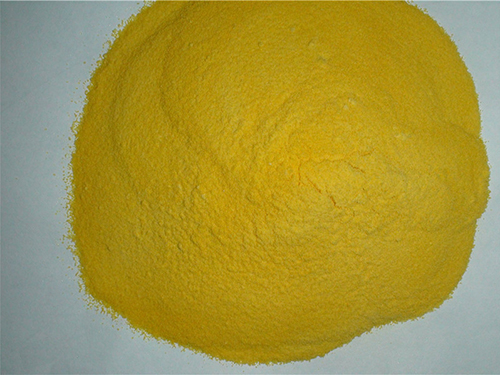Coagulant and Flocculant Chemicals for Effective Water Treatment Solutions
Coagulant and Flocculant Chemicals Understanding Their Role in Water Treatment
Water treatment is a crucial process for ensuring the availability of clean and safe drinking water. Among the various methods and chemicals used in this process, coagulants and flocculants play a pivotal role. These substances are fundamental in removing impurities and suspended particles from water, making them essential in both industrial and municipal water treatment facilities.
What are Coagulants?
Coagulants are chemical agents used to facilitate the aggregation of tiny particles in water into larger particles, known as flocs. This process, known as coagulation, helps in the removal of suspended solids, colloids, and other impurities. Common coagulants include aluminum sulfate (alum), ferric chloride, and polyaluminium chloride. When these coagulants are added to water, they destabilize the negative charges that keep the particles suspended. As a result, the particles begin to clump together, making it easier to separate them from the water through sedimentation or filtration.
Alum is one of the most widely used coagulants, primarily due to its effectiveness and low cost. It works by neutralizing the negative charges on particles, allowing them to bond together. Ferric chloride is another popular choice for water treatment facilities, particularly in applications where higher removal rates of organic matter and color are required.
The Role of Flocculants
Once the coagulation process has occurred, flocculants are introduced to enhance the formation of larger flocs. Flocculants are typically long-chain polymers that assist in binding the coagulated particles together, further increasing the size of the flocs. This increases the efficiency of the sedimentation process and improves the clarity of the treated water. Common flocculants include polyacrylamides, natural polysaccharides, and various synthetic polymer-based compounds.
Flocculants can be cationic, anionic, or non-ionic, depending on the charge of the polymer relative to the particles in the water. The selection of the appropriate flocculant depends on the characteristics of the water being treated and the specific contaminants present.
The Process of Coagulation and Flocculation
The process of coagulation and flocculation typically follows a series of steps
coagulant and flocculant chemicals

1. Rapid Mixing When coagulants are added to the water, the initial mixing must be sufficiently rapid to disperse the chemicals uniformly throughout the water.
2. Coagulation As the mixing slows, the coagulants begin to destabilize the particles, and they start to clump together.
3. Flocculation After coagulation, gentle mixing is employed to allow the smaller flocs to come into contact with each other, forming larger aggregates.
4. Sedimentation The larger flocs are then allowed to settle out of the water. This step can take several hours, depending on the size of the flocs and the design of the treatment system.
5. Filtration The clear water above the sedimented flocs, known as supernatant, is then filtered to remove any remaining particles before it is disinfected and distributed as potable water.
Environmental and Economic Considerations
The use of coagulant and flocculant chemicals in water treatment has both environmental and economic implications. On one hand, these chemicals effectively improve water quality, making it safer for consumption and reducing waterborne diseases. On the other hand, the production and disposal of these chemicals can have environmental impacts. For instance, residual coagulants can lead to increased sludge production, which must be managed responsibly.
Additionally, the selection of coagulants and flocculants can also affect the overall cost of water treatment. While some chemicals are less expensive, they may require higher doses or additional treatment steps to achieve the desired water quality, potentially offsetting any cost savings.
Conclusion
In conclusion, coagulant and flocculant chemicals are vital components of modern water treatment processes. By understanding their roles and optimizing their application, water treatment facilities can enhance the efficiency and effectiveness of their operations, ultimately ensuring the delivery of clean, safe water to communities around the world. As advancements in technology and chemistry continue to evolve, the future of water treatment will undoubtedly benefit from improved coagulant and flocculant solutions that address both efficiency and environmental concerns.
-
Pbtc Scale InhibitorPBTC: A Scale Protector for Industrial Water TreatmentNewsAug.05,2025
-
Organic Phosphonate: An Efficient Defender in the Field of Scale InhibitionNewsAug.05,2025
-
Hydrolyzed Polymaleic Anhydride: Green Pioneer in Scale Inhibition FieldNewsAug.05,2025
-
PAPEMP Polyamino Polyether Methylene Phosphonic Acid For SaleNewsAug.05,2025
-
Flocculant Water Treatment: A Pioneer in Purification in the Field of Water TreatmentNewsAug.05,2025
-
Benzyl Isothiazolinone: An Efficient and Broad-Spectrum Antibacterial Protective GuardNewsAug.05,2025





